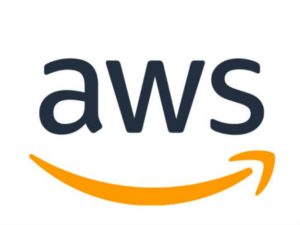The National Museum of African American History and Culture (NMAAHC) has baked the DevOps mindset into its organizational structure.
As the latest addition to the Smithsonian Institution, NMAAHC has had the advantage of newness. In a new organization with a new workforce, people are inclined to be more open to non-traditional processes and practices, such as the ones DevOps encourages. In fact, a separate team dedicated to DevOps — which is the incremental but continuous process of improvement in product delivery and development — was established to be wholly committed to cross-functional collaboration.
“We intentionally did not create a silo,” said Ravyn Manuel, Senior Application Developer and DevOps Engineer at NMAAHC. Instead of having separate teams for operations and development, they chose instead to create one team comprised of both.
DevOps is not a technology but a mindset, said Faisal Iqbal, Manager of Federal Solutions Architecture at Amazon Web Services (AWS). It focuses on creating organizational structures that encourage fast iteration.
“We call it ‘minimum viable change,’” said John Jeremiah, Product Marketing Leader at GitLab, a DevOps platform provider. “We are improving our product through the smallest possible things to make it better. And we’re focused on the end result and the customer.”
Originally, DevOps emerged in startup environments where small, lean teams could be nimble about their workflows, Iqbal said at GovLoop’s online training Thursday.
“When you think about a government agency, it’s almost the complete opposite,” Iqbal added.
So how is NMAAHC different?
The size of its DevOps team was built to be configurable. That is, the local team, which is just a handful of people, works on smaller projects together. But during larger projects, it can engage the Office of the Chief Information Officer (OCIO) to provide extra hands and skills that are needed.
“The team size doesn’t actually exist,” Manuel said. “It’s as large as we need it to be.”
To create this kind of DevOps team and culture, getting buy-in from the top was critical for Manuel. She said that you don’t necessarily need buy-in from the very top, such as the director of the museum or the head of an agency, but support from “as top as you need to go” — where you will get the necessary approval to start practicing DevOps — is key.
“[DevOps] is a valid methodology, but how you sell it to leadership is probably the hardest part,” said Harold Smith, Co-Founder and CEO of Monkton, Inc., a mobile solutions provider.
However, precisely one of the advantages of DevOps is that its outcomes are quick and continuous. Iterative cycles mean success can be rapidly proven to higher-ups. The more quickly you get feedback, the more quickly you can improve, Jeremiah noted.
Saying what you will accomplish through DevOps is not enough. So starting with some prototype, or taking “small bites,” as Smith said, is key for those struggling to get leadership buy-in.
This online training was brought to you by:





Great recap—I’ll have to check out the on-demand version of this!